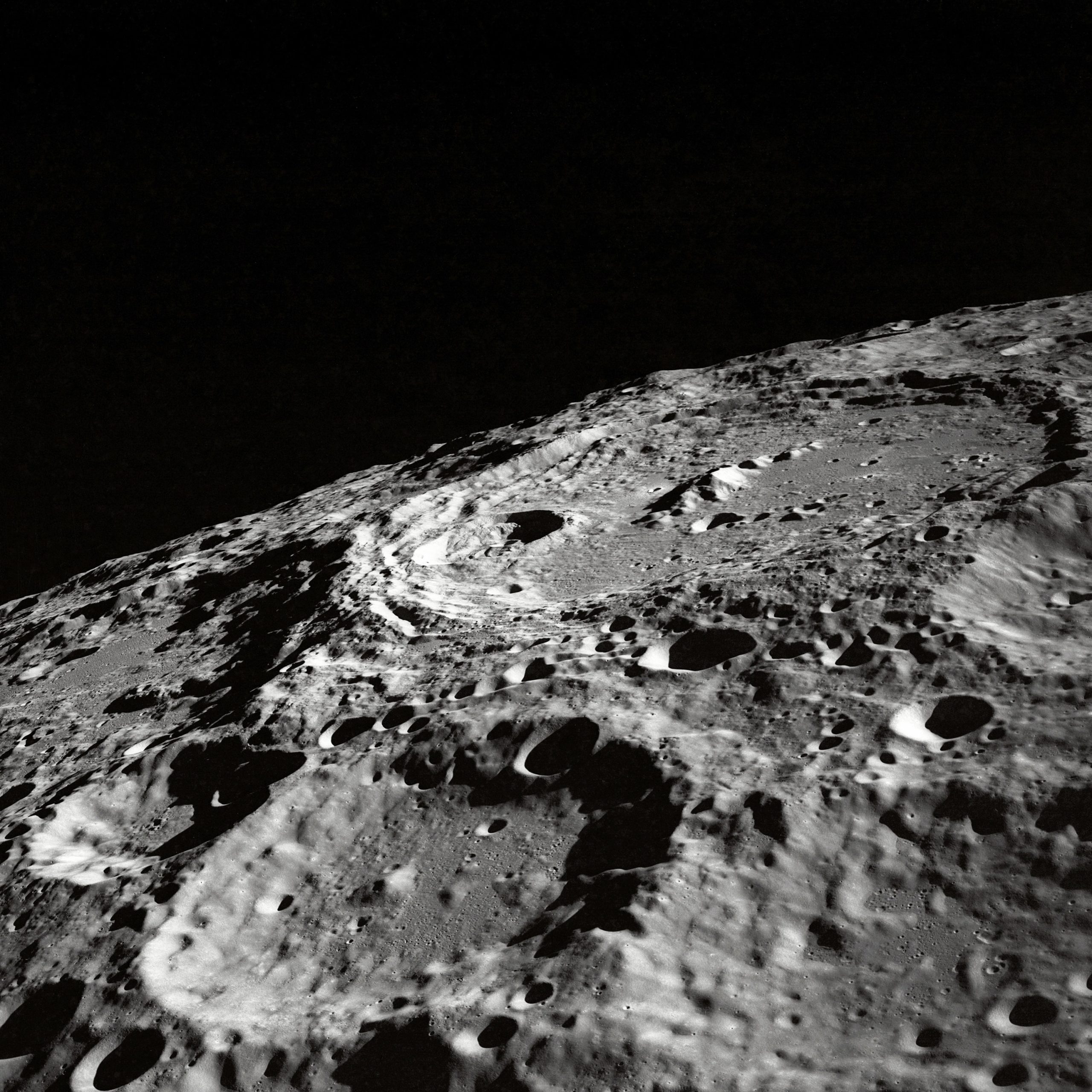What is the Full Moon Called This Month?
Each month, the Earth’s moon goes through a series of phases as it orbits around our planet. From new moon to crescent to gibbous, these phases are familiar to many of us. One of the most anticipated and widely recognized lunar phases is the full moon. But have you ever wondered what the full moon is called each month? In this article, we will explore the various names given to the full moon throughout the year.
The Origins of Moon Names
The practice of naming the full moon can be traced back to ancient civilizations, particularly those with a deep connection to nature and the cycles of the moon. Native American tribes, for example, would assign names to each full moon based on the natural phenomena or events that typically occurred during that time of year. These names served as a way to track the passage of time and the changing seasons.
Today, many of these traditional moon names are still used, although there are also newer and more modern names that have been introduced over the years. Let’s take a look at some of the most commonly used names for the full moon each month.
January: Wolf Moon
The first full moon of the year is often called the Wolf Moon. This name comes from the Native American tradition, as January is typically a time when wolves would howl outside Native American villages. It is also sometimes referred to as the Old Moon in Europe, signifying the end of the old year and the beginning of the new one.
February: Snow Moon
In February, as winter continues to hold its grip on the northern hemisphere, the full moon is known as the Snow Moon. This name originates from the deep snow cover that is often present during this time of year. It is also called the Hunger Moon, as resources would traditionally be scarce during the winter months.
March: Worm Moon
As the seasons transition from winter to spring, the full moon in March is often called the Worm Moon. This name comes from the earthworms that start to emerge from the soil as the ground thaws, signaling the arrival of spring. It is also referred to as the Sap Moon, representing the time when sap begins to flow in maple trees for syrup production.
April: Pink Moon
Contrary to its name, the full moon in April is not actually pink in color. Instead, it is called the Pink Moon due to the pink wildflowers, specifically the pink phlox, that bloom during this time of year. This name originates from Native American tribes in eastern North America.
May: Flower Moon
In May, as spring reaches its peak and flowers bloom abundantly, the full moon is named the Flower Moon. This name represents the vibrant beauty of the flora during this time. It is also referred to as the Corn Planting Moon in some Native American traditions, as it marks the time for planting corn crops.
June: Strawberry Moon
The full moon in June is called the Strawberry Moon, named after the ripe strawberries that are harvested during this month. This name was given by Algonquin tribes in North America and is a reminder of the bountiful fruit harvest of early summer. It is also called the Rose Moon in Europe, as roses are in full bloom at this time.
July: Buck Moon
In July, as the antlers of male deer begin to grow, the full moon is referred to as the Buck Moon. This name represents the rapid growth of deer antlers during this period. Another name for this moon is the Thunder Moon, signifying the frequent thunderstorms that occur during the summer months.
August: Sturgeon Moon
The August full moon is named the Sturgeon Moon after the large and bountiful sturgeon fish found in the Great Lakes and other major lakes during this time. This name originates from Native American tribes in the Great Lakes region. It is also called the Green Corn Moon, as it marks the time when corn is fully ripe and ready to be harvested.
September: Harvest Moon
The full moon in September is known as the Harvest Moon. This name represents the time when crops are traditionally harvested, providing an abundance of food for the upcoming months. The Harvest Moon is particularly special as it rises shortly after sunset and appears larger and brighter than usual, allowing farmers to work into the night.
October: Hunter’s Moon
During October, as the fields are cleared and game becomes more visible, the full moon is called the Hunter’s Moon. This name stems from the traditional hunting season, as it provided ample moonlight for hunters to spot and track their prey. It is also referred to as the Blood Moon.
November: Beaver Moon
In November, as beavers prepare for winter by building their lodges, the full moon is named the Beaver Moon. This name represents the beavers’ activity during this time. It is also referred to as the Frost Moon, symbolizing the onset of frosty weather.
December: Cold Moon
Lastly, we have the full moon in December, which is known as the Cold Moon. As winter takes hold and temperatures drop, this name perfectly captures the chilly weather of the month. It is also referred to as the Long Nights Moon, signifying the longest nights of the year during the winter solstice.
In Conclusion
Throughout the year, each full moon brings its own unique name that reflects the natural world and cultural traditions associated with that particular month. From the Wolf Moon in January to the Cold Moon in December, these names offer a poetic reminder of the changing seasons and the timeless beauty of the night sky. So, the next time you gaze up at the full moon, take a moment to appreciate its name and the rich history and folklore it carries with it.
Table of Contents
